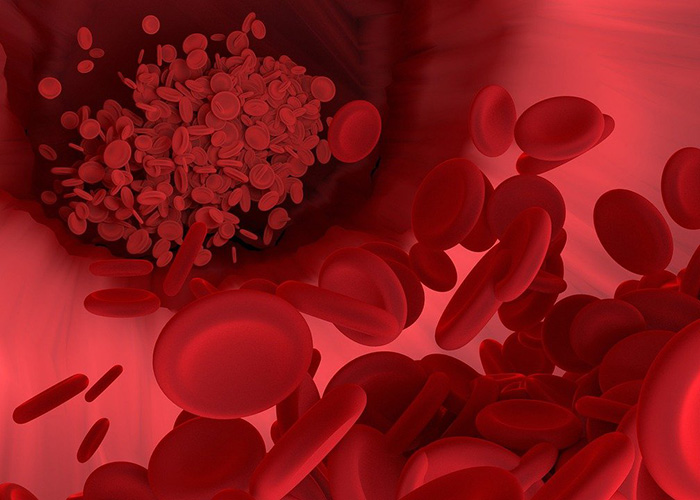
Deep vein thrombosis (DVT) describes occurrences of blood clots, or thrombi, in the deep veins of your body, especially in one or both of your legs. Symptoms, if you have any at all, include pain, swelling, redness. DVT comes from a disruption to normal circulation or clotting in your veins, and it may be caused by a number of different things, like a prior injury to the vein, surgery, medications, or even more simply, lack of movement.
A number of different risk factors are at play with DVT, including inherited conditions or disorders, tobacco use, pregnancy, or advanced age. Veterans who have taken part in extensive air travel or undergone lengthy periods of bedrest for surgery and recovery may want to take special note of the symptoms of DVT, since long periods without movement put you at greater risk of developing it. DVT can be serious and may lead to more serious conditions or events like a pulmonary embolism, or blood clot in your lungs.
Treatment is a somewhat straightforward process, and may include blood thinners, clot busters, and compression stockings, though a filter may need to be surgically implanted in one of the larger veins in your body if you’re unable to take certain medications.
VA Disability Benefits for DVT
DVT doesn’t get called out by name in the Federal Register’s schedule of ratings for the cardiovascular syndromes, so a rating specifically for DVT does not exist. Instead, it may be treated under Diagnostic Code 7120 for varicose veins, a similar condition affecting more superficial veins, but which may end up leading to edema, a painful swelling of the legs. If edema develops, a rating is assigned depending on its severity, ranging from 0 up to 100.
Another similar condition is Buerger’s Disease (thromboangiitis obliterans), characterized by an inflammation and swelling of veins and arteries. This may also lead to blood clots, and is most often found in arms and legs. Buerger’s Disease is strongly linked to tobacco use, which is considered a risk factor for DVT, too.
When dealing with blood and hemic disorders, it’s essential to ensure you have the right diagnosis to understand further risks. Once symptoms are present or a diagnosis is made, it’s important Veterans immediately file for disability compensation if they believe it’s even remotely attributable to active duty or a service-connected condition. DVT can result in loss of functionality in your limb or other serious symptoms. Those symptoms can dictate what evaluation you are awarded. It’s critical you have someone representing you who is intimately familiar with the laws and regulations pertaining to hemic and blood disorders such as DVT. That said, if you believe you are yourself eligible for compensation, be sure to discuss your concerns with your VA attorney or advocate.
Assistance with Your Claim
Whether your suffer from DVT or from another condition causing leg pain, redness, or swelling, it’s essential that you get the right diagnosis and can make a credible claim to VA proving a service connection to your condition. DVT can lead to serious problems if left untreated, so if you’ve had trouble with a claim or want to make the best possible case for disability compensation, call VA Disability Group PLLC at 844-VET-LAWS or write to us on our website. We are here to represent you when a claim is denied, and to make the best possible case for your deserved compensation and treatment.




Comments are closed